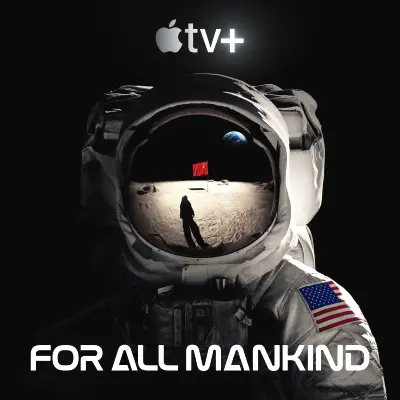Deepfakes are good on For All Mankind, but bad for the real world
-

Season 2 of the Apple TV+ alt-history series has relied on deepfakes more than in Season 1. “From an entertainment perspective, I have to say it’s really, really amazing what is possible now,” says For All Mankind writer and executive producer Ben Nedivi. But Nedivi adds: “The better it is for us, for our show, the scarier it seems this technology is for the world.” In fact, the deepfake technology available now is vastly improved from when For All Mankind was ordered in 2017. “It’s been incredible to see the progress from the beginning, where we felt like it was going to be impossible, to today, where the technology is actually getting better with every year of the show,” says Nedivi. How does deepfakes work on For All Mankind? As Ben Lindbergh explains: "To achieve the desired result, For All Mankind visual effects supervisor Jay Redd worked with a company called Canny AI, which is located in Israel and specializes in a deepfake-style technique called Video Dialogue Replacement. VDR permits a target video (such as a real Reagan address) to be altered in such a way that the lips and facial expressions of the speaker sync up with those of a source video (such as a Reagan impersonator recording original lines). Canny AI—which also provides a face-swapping service, in which a video’s dialogue stays the same but another speaker’s face is substituted for the original’s—demonstrated the potential of the technology in a 2019 initiative called In Event of Moon Disaster, for which the MIT Center for Advanced Virtuality commissioned the company to create a VDR-altered video in which Nixon delivers the speech he would have given in the event of an Apollo 11 disaster."
TOPICS: For All Mankind, Apple TV+, Ben Nedivi, deepfakes
